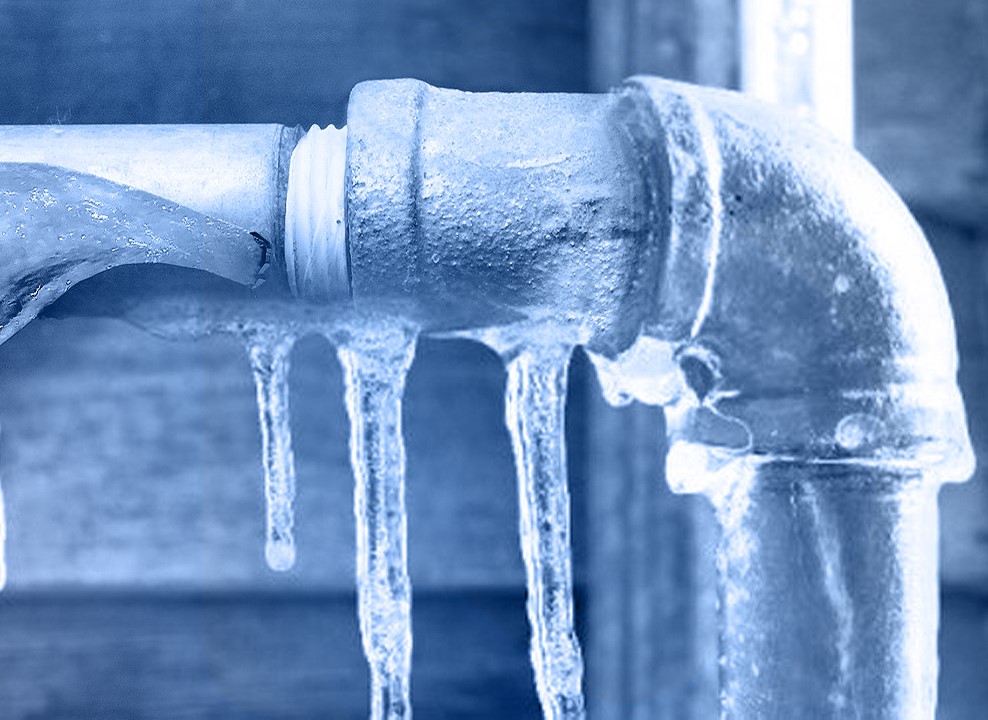Key Approaches for Preventing Frozen Plumbing in Cold Weather
Book ServicesHow do you really feel about Helpful Tips to Prevent Frozen Pipes this Winter?

Winter can damage your plumbing, particularly by freezing pipelines. Below's just how to avoid it from happening and what to do if it does.
Intro
As temperature levels decline, the danger of frozen pipelines rises, potentially causing costly fixings and water damage. Recognizing exactly how to stop frozen pipelines is essential for house owners in cold climates.
Recognizing Icy Pipes
What triggers pipes to freeze?
Pipes freeze when subjected to temperature levels listed below 32 ° F (0 ° C) for prolonged durations. As water inside the pipelines ices up, it increases, putting pressure on the pipeline wall surfaces and possibly creating them to break.
Threats and problems
Icy pipelines can result in water interruptions, property damage, and costly repairs. Burst pipelines can flood homes and cause extensive architectural damage.
Signs of Frozen Pipeline
Recognizing frozen pipelines early can stop them from rupturing.
How to identify icy pipes
Seek reduced water flow from taps, unusual smells or sounds from pipes, and noticeable frost on revealed pipes.
Avoidance Tips
Shielding susceptible pipelines
Cover pipes in insulation sleeves or utilize warm tape to safeguard them from freezing temperature levels. Concentrate on pipelines in unheated or external areas of the home.
Home heating strategies
Maintain indoor spaces effectively warmed, specifically locations with pipes. Open up cupboard doors to enable warm air to circulate around pipes under sinks.
Protecting Exterior Pipes
Yard pipes and outdoor faucets
Separate and drain garden tubes prior to winter season. Install frost-proof faucets or cover outside taps with protected caps.
What to Do If Your Pipes Freeze
Immediate activities to take
If you think icy pipes, maintain faucets open to soothe pressure as the ice thaws. Use a hairdryer or towels taken in warm water to thaw pipes slowly.
Long-Term Solutions
Architectural adjustments
Take into consideration rerouting pipelines far from exterior walls or unheated areas. Add added insulation to attics, basements, and crawl spaces.
Updating insulation
Buy top notch insulation for pipelines, attic rooms, and wall surfaces. Correct insulation helps keep consistent temperatures and reduces the risk of icy pipelines.
Verdict
Preventing frozen pipelines needs aggressive procedures and quick reactions. By recognizing the reasons, indications, and preventive measures, property owners can shield their plumbing during cold weather.
5 Ways to Prevent Frozen Pipes
Drain Outdoor Faucets and Disconnect Hoses
First, close the shut-off valve that controls the flow of water in the pipe to your outdoor faucet. Then, head outside to disconnect and drain your hose and open the outdoor faucet to allow the water to completely drain out of the line. Turn off the faucet when done. Finally, head back to the shut-off valve and drain the remaining water inside the pipe into a bucket or container. Additionally, if you have a home irrigation system, you should consider hiring an expert to clear the system of water each year.
Insulate Pipes
One of the best and most cost-effective methods for preventing frozen water pipes is to wrap your pipes with insulation. This is especially important for areas in your home that aren’t exposed to heat, such as an attic. We suggest using foam sleeves, which can typically be found at your local hardware store.
Keep Heat Running at 65
Your pipes are located inside your walls, and the temperature there is much colder than the rest of the house. To prevent your pipes from freezing, The Insurance Information Institute suggests that you keep your home heated to at least 65 degrees, even when traveling. You may want to invest in smart devices that can keep an eye on the temperature in your home while you’re away.
Leave Water Dripping
Moving water — even a small trickle — can prevent ice from forming inside your pipes. When freezing temps are imminent, start a drip of water from all faucets that serve exposed pipes. Leaving a few faucets running will also help relieve pressure inside the pipes and help prevent a rupture if the water inside freezes.
Open Cupboard Doors
Warm your kitchen and bathroom pipes by opening cupboards and vanities. You should also leave your interior doors ajar to help warm air circulate evenly throughout your home.

Hopefully you enjoyed reading our post about How to Prevent Your Pipes From Freezing. Thanks a ton for taking time to read our blog post. For those who liked our blog post if you please be sure to pass it around. We value reading our article about Winter Plumbing Precautions: Preventing Frozen Pipes.
Customer Reviews